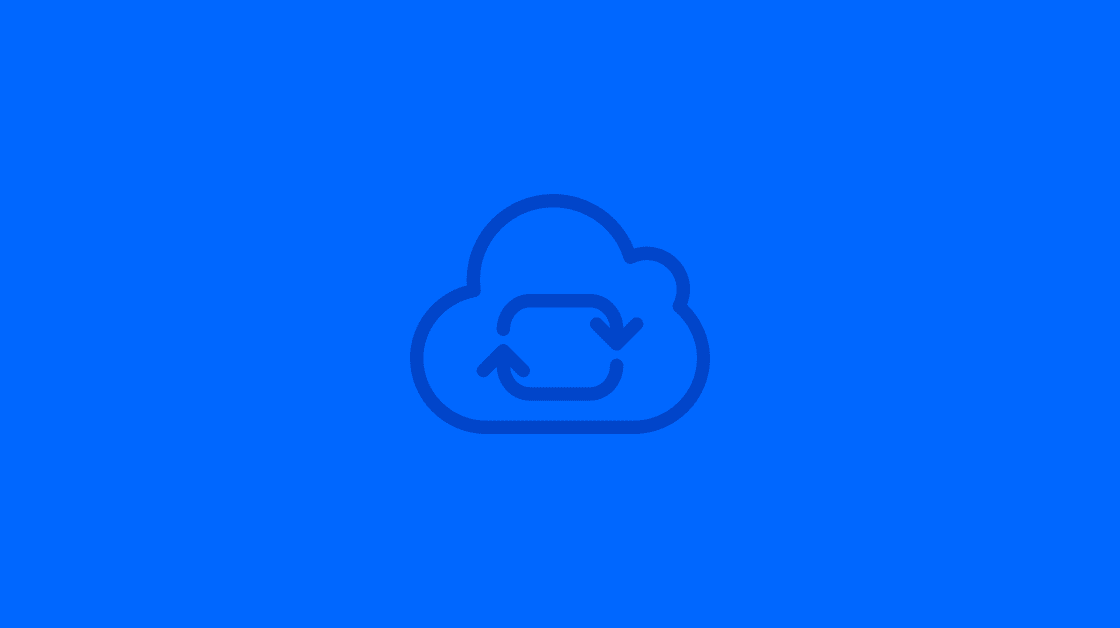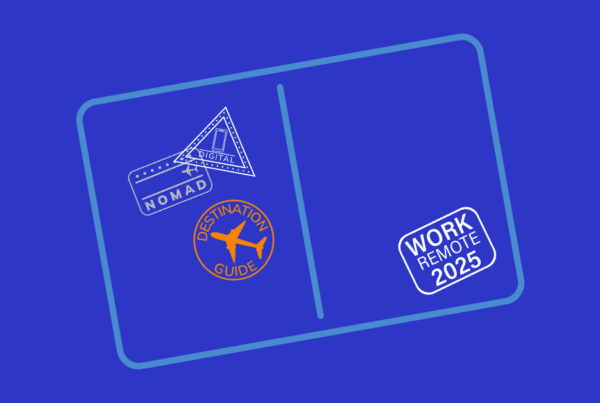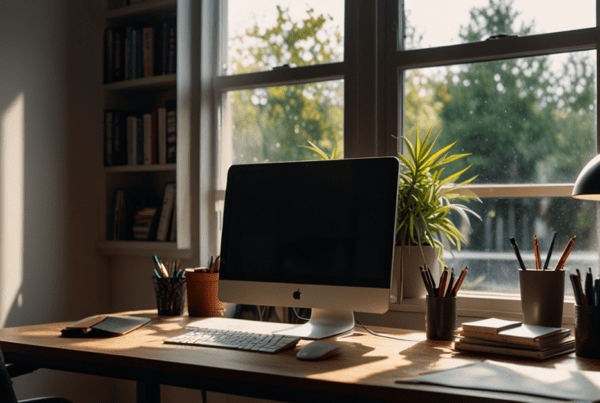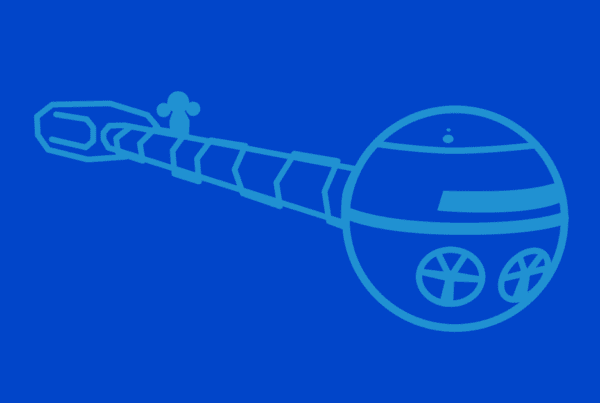
In the pandemic era, we’ve all had to adapt to a world where we are even more dependent on our digital tools.
With our physical office spaces under lock and key, we are even more at the mercy of the quirks and hassles of productivity software and services. When all of our communications are online, minor inconveniences and annoyances can add up over the course of the day to rob us of precious time and energy.
To combat that, here is a list of five digital hacks to keep our workdays efficient and productive. There’s a bewildering array of digital services available for productivity today, but with a little know-how we can make sure they save us time instead of wasting it.
1. Sync everything…
There was a time when coordinating information across various digital services was a major hassle, with your calendar, address book, emails, documents, and data all spread out across a number of services, few of which could interface with each other. Even early in the smartphone era, it could be a pain to make sure the appointments on your laptop’s calendar matched those on your phone.
There’s no reason for similar headaches in 2020. If you haven’t already, it’s worth setting up accounts that sync data automatically across devices and services. Google, Microsoft, and Apple all have services that allow your emails, calendar, contacts, and data to interface with each other, but if you’re turned off by handing your digital life over to one mega-corporation (or you just want to support the little guy), competitors like Dropbox and Evernote have significantly expanded the functionality of their syncing services in recent years.
2. …and have a backup plan.
As convenient and useful as modern syncing services are, keeping our data updated across services, there’s a downside as well: when we commit to one company’s set of services, we are at their mercy.
The fear is not so much that Microsoft or Google are going to suddenly go out of business, leaving us stranded. Rather, outages happen, and they are potentially debilitating if we’ve kept all of our digital eggs in one basket. What’s more, the deeper we are embedded in one set of services, the less likely we are to leave that service even if we start to feel that it’s a bad deal.
Maintain your digital independence by having a backup plan. There are many services and devices that allow you to backup files, either remotely, using cloud technology or to a local external hard drive. Having this sort of redundancy set up ensures you’re never at the mercy of Microsoft, Apple, or Google.
3. Tame your notifications.
Our phones would appear to be little efficiency-generating machines, connecting us to coworkers and resources and keeping us up to date. So why does it feel like they are constantly costing us valuable time?
Your phone is an attention vampire, constantly pulling you out of the immediate task at hand to see what the latest notification might be—never mind the fact that, half the time, that new notification is someone liking a photo on Facebook or something similarly unimportant.
Most apps enable notifications by default, leaving you constantly subject to digital cries for attention. Do you really need your Instagram notifications on? You’ll open the app eventually and see your likes and friend requests anyway. Is it really important to know the minute someone likes one of your photos?
Go through your apps and check the notification permissions. Disable anything that doesn’t bring legitimately important information to your attention. Be ruthless. Your apps will forgive you.
4. Don’t go cold turkey with your phone.
Even with your notifications under control, you might feel tempted to constantly look at your phone. It’s tempting to decide to turn it off or stick it in a drawer for hours. The problem with these extreme measures is that you’re unlikely to stick with them for long, as being entirely without your phone will seem like too much of a limitation.
Instead, resolve to check your phone’s notifications at regular intervals, such as once every 15 minutes. For many, even restricting themselves to checking their phone once every five minutes will significantly reduce their phone usage. When checking, respond to those things that are necessary to respond to, and then put the phone down again.
Here’s a good practice: don’t check anything on your phone, during work, that you wouldn’t check on your work laptop. You will develop a habit of checking your phone intentionally, with purpose, rather than reflexively. The time savings can be considerable.
5. Forget multitasking. Serial task with purpose.
There was a time when “multitasking” was the biggest buzzword in digital productivity. The ability of computers to handle many different tasks at once was supposed to unlock our hidden potential for unmatched productivity. So why does multitasking leave us feeling overwhelmed and unfocused instead of productive?
The truth is that while computers can handle multiple tasks at once, our brains can’t. We simply can’t divide our attention to focus on two projects at the same time. Instead, we serial task, moving quickly from one task to the next. When we think we’re multitasking, we’re simply skipping back and forth from one project to another, preventing the kind of purposefulness and concentrated attention real work requires.
Instead of mindlessly serial tasking, costing yourself time without generating much work, serial task with purpose. Have a plan. When you sit down to work, decide exactly how you’d like to divide up your tasks for the day.
If you do plan to switch back and forth between different projects, have a specific rationale for doing so. And remind yourself that trying to multitask doesn’t make you more productive, it just makes you more confused and unfocused.
Mitchell Terpstra is a writer, marketer, and digital strategist for brands across diverse industries. He lives in Los Angeles, CA. You can view his website here.




